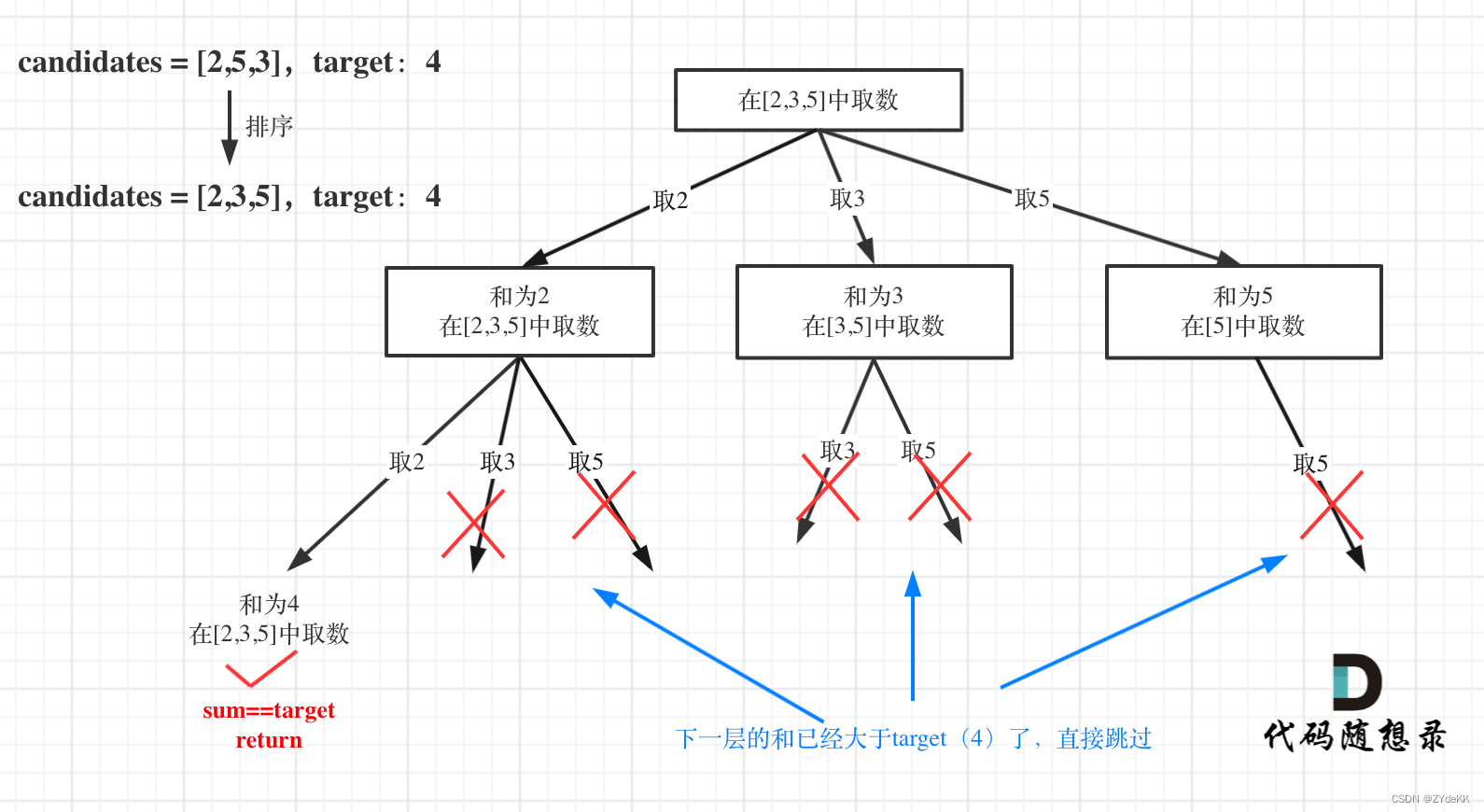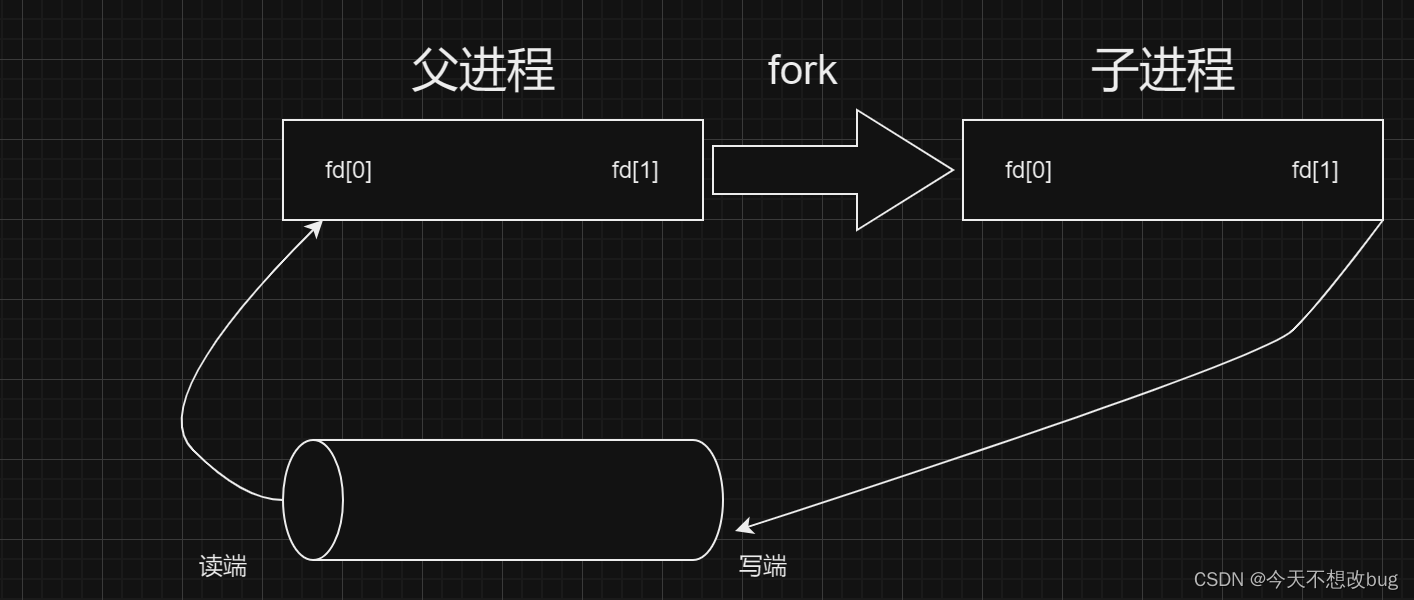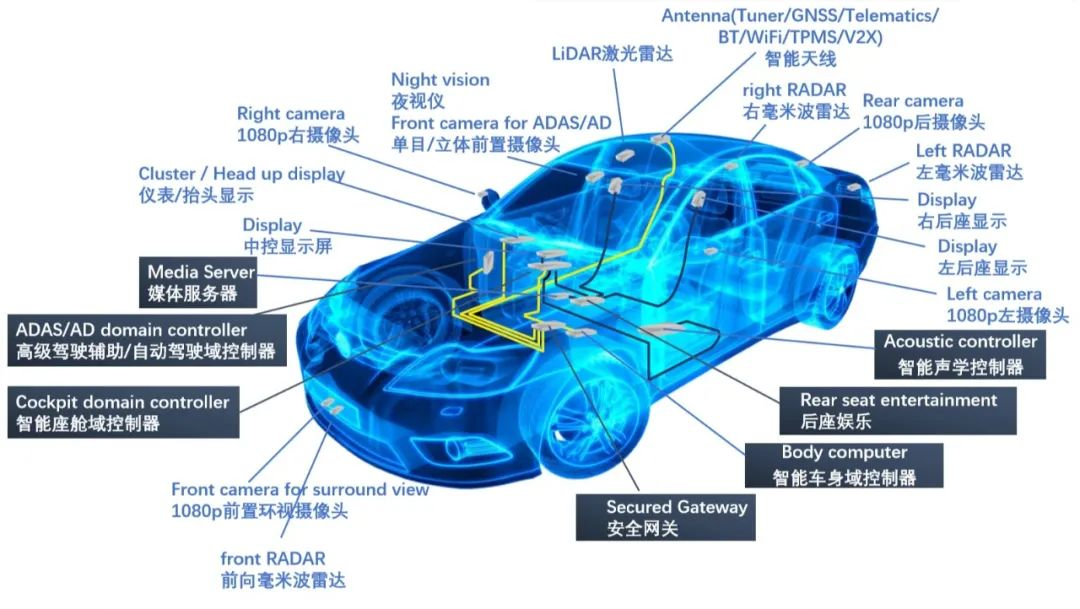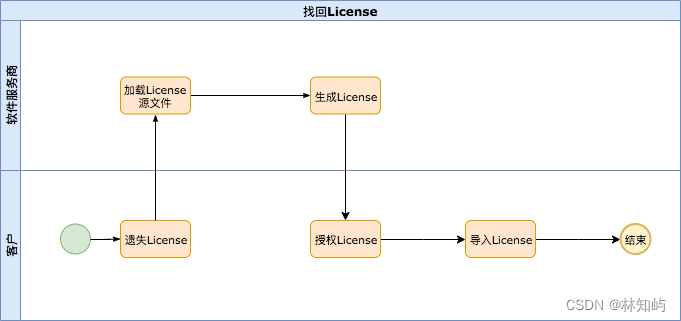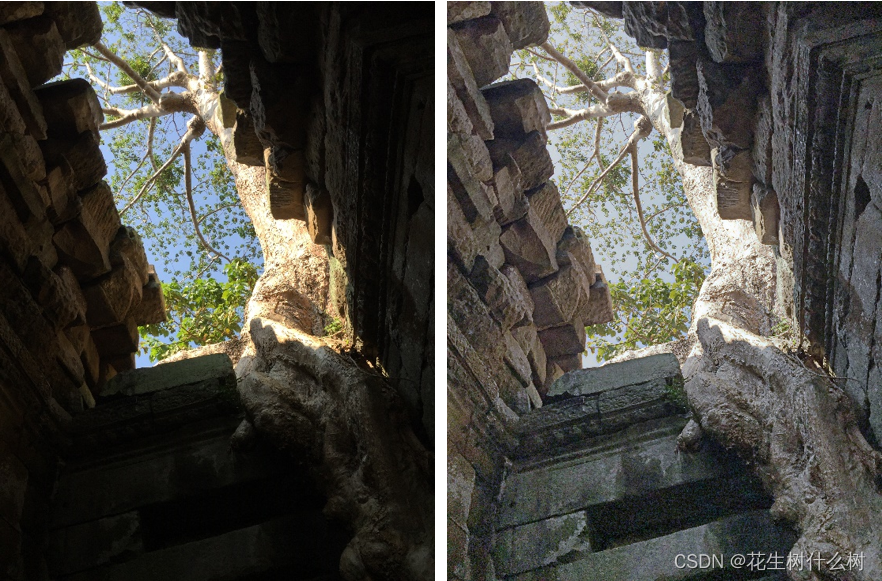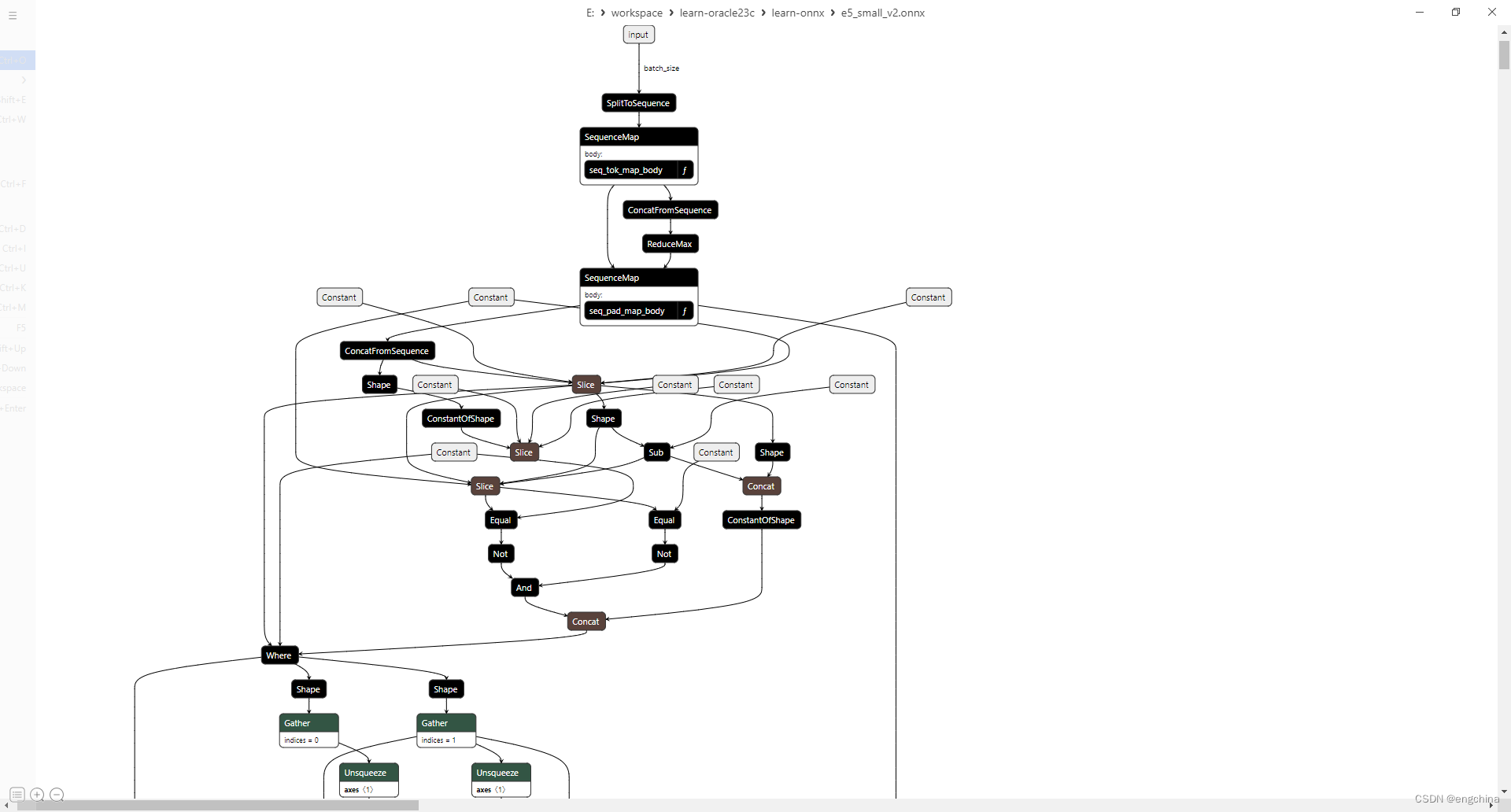文章目录
- 前言
- 一、Spring对JDK的扩展
- 二、快速实现发布订阅模式
前言
发布订阅模式(Publish-Subscribe Pattern)通常又称观察者模式,它被广泛应用于事件驱动架构中。即一个事件的发布,该行为会通过同步或者异步的方式告知给订阅该事件的订阅者。JDK中提供了EventListener作为所有订阅者的接口规范(即所有的订阅者都应该实现该接口),而EventObject则作为所有事件发布者的实现规范(即所有事件发布者都应该继承该类)。对于观察者的原理不是本章讨论的重点,本章只是演示如何在SpringBoot中实现发布订阅模式。
一、Spring对JDK的扩展
在Spring中,提供了接口ApplicationListener作为Spring观察者(也叫监听者)的实现规范,ApplicationListener其实是对JDK中EventListener中的扩展,增加了onApplicationEvent方法作为触发监听的方法。而事件发布对象ApplicationEvent也是继承了JDK中的EventObject类,仅仅增加了参数timestamp用于记录事件创建的时间。也就是说如果要使用Spring提供的发布订阅模式,您的监听器应该实现ApplicationListener接口,通过onApplicationEvent方法获取监听的内容。事件则必须继承ApplicationEvent。
ApplicationListener源码:
@FunctionalInterface
public interface ApplicationListener<E extends ApplicationEvent> extends EventListener {
/**
* Handle an application event.
* @param event the event to respond to
*/
void onApplicationEvent(E event);
}
ApplicationEvent源码:
public abstract class ApplicationEvent extends EventObject {
/** use serialVersionUID from Spring 1.2 for interoperability. */
private static final long serialVersionUID = 7099057708183571937L;
/** System time when the event happened. */
private final long timestamp;
/**
* Create a new {@code ApplicationEvent}.
* @param source the object on which the event initially occurred or with
* which the event is associated (never {@code null})
*/
public ApplicationEvent(Object source) {
super(source);
this.timestamp = System.currentTimeMillis();
}
/**
* Return the system time in milliseconds when the event occurred.
*/
public final long getTimestamp() {
return this.timestamp;
}
}
二、快速实现发布订阅模式
配置线程池是必要的,因为发布订阅模式的一个好处就是可以实现解耦,而解耦最好的方式就是采用异步线程处理。如果我们不配置线程池,则在spring中默认会采用同步的方式进行消息发布和订阅消费。这样一来就没有任何意义了。首先在yaml或者properties中配置线程池信息:
thread:
executor:
corePoolSize: 8 #核心线程
keepAliveSeconds: 30000 # 活跃时间
maxPoolSize: 16 #最大线程数
queueCapacity: 100000 #最大队列长度
然后通过配置文件读取配置信息,创建线程池并注入IOC容器
package com.hl.by.common.thread;
import com.hl.by.common.utils.JsonUtils;
import org.springframework.beans.factory.annotation.Value;
import org.springframework.context.annotation.Bean;
import org.springframework.context.annotation.Configuration;
import org.springframework.context.annotation.DependsOn;
import org.springframework.context.event.SimpleApplicationEventMulticaster;
import org.springframework.context.support.AbstractApplicationContext;
import org.springframework.scheduling.concurrent.ThreadPoolTaskExecutor;
import org.springframework.util.ErrorHandler;
import java.util.concurrent.ThreadPoolExecutor;
/**
* @Author: DI.YIN
* @Date: 2024/3/6 9:39
* @Version: 1.0.0
* @Description: 线程池配置
**/
@Configuration
public class ThreadPoolTaskExecutorConfig {
//核心线程
@Value("${thread.executor.corePoolSize}")
private Integer corePoolSize;
//存活时间
@Value("${thread.executor.keepAliveSeconds}")
private Integer keepAliveSeconds;
//最大线程数
@Value("${thread.executor.maxPoolSize}")
private Integer maxPoolSize;
//最大队列长度
@Value("${thread.executor.queueCapacity}")
private Integer queueCapacity;
@Bean
public ThreadPoolTaskExecutor taskExecutor() {
ThreadPoolTaskExecutor threadPoolTaskExecutor = new ThreadPoolTaskExecutor();
threadPoolTaskExecutor.setAllowCoreThreadTimeOut(true);
threadPoolTaskExecutor.setCorePoolSize(corePoolSize);
threadPoolTaskExecutor.setKeepAliveSeconds(keepAliveSeconds);
threadPoolTaskExecutor.setMaxPoolSize(maxPoolSize);
threadPoolTaskExecutor.setQueueCapacity(queueCapacity);
//设置拒绝策略,直接运行,不采用异步
threadPoolTaskExecutor.setRejectedExecutionHandler(new ThreadPoolExecutor.CallerRunsPolicy());
threadPoolTaskExecutor.setThreadNamePrefix("Thread-Pool-Task-");
return threadPoolTaskExecutor;
}
@DependsOn(value = "taskExecutor")
@Bean(AbstractApplicationContext.APPLICATION_EVENT_MULTICASTER_BEAN_NAME)
public SimpleApplicationEventMulticaster eventMulticaster() {
SimpleApplicationEventMulticaster simpleApplicationEventMulticaster = new SimpleApplicationEventMulticaster();
simpleApplicationEventMulticaster.setTaskExecutor(taskExecutor());
//设置错误处理器
simpleApplicationEventMulticaster.setErrorHandler(new ErrorHandler() {
@Override
public void handleError(Throwable throwable) {
System.out.println("抛出异常:" + JsonUtils.writeObjectAsBeautifulJson(throwable));
}
});
return simpleApplicationEventMulticaster;
}
}
可以看到除了注入线程池之外,还注入了自定义的SimpleApplicationEventMulticaster 对象并将创建的线程池设置到SimpleApplicationEventMulticaster中。因为SimpleApplicationEventMulticaster是处理发布订阅的核心类,通过multicastEvent方法进行事件发布。可以看到multicastEvent中,循环遍历订阅该事件的所有监听器,并判断是否配置了线程池Executor,如果配置了则将发布操作扔入线程池中异步处理,否则将同步处理发布事件操作。很多情况发现我们的事件发布与监听处理是在一个线程中执行,就是因为我们未设置线程池,导致发布订阅无法异步实现。
@Override
public void multicastEvent(final ApplicationEvent event, @Nullable ResolvableType eventType) {
ResolvableType type = (eventType != null ? eventType : resolveDefaultEventType(event));
//获取线程池
Executor executor = getTaskExecutor();
for (ApplicationListener<?> listener : getApplicationListeners(event, type)) {
if (executor != null) {
//如果配置了线程池,则放入线程池中异步处理
executor.execute(() -> invokeListener(listener, event));
}
else {
//未配置线程池,则同步处理
invokeListener(listener, event);
}
}
}
完成以上配置后,就可以定义发布者、订阅者和发布事件了。现在我们定义一个类MessageSource作为发布者发布的事件,结构如下:
import lombok.Data;
/**
* @Author: DI.YIN
* @Date: 2024/3/6 13:41
* @Version:
* @Description: 消息实体
**/
@Data
public class MessageSource {
private String id;
private String msg;
private String title;
}
定义好发布事件后,我们定义一个事件发布者MessageEvent,并指定其发布的事件类型是MessageSource 或MessageSource 的子类,结构如下:
import org.springframework.context.ApplicationEvent;
/**
* @Author: DI.YIN
* @Date: 2024/3/6 13:39
* @Version: 1.0.0
* @Description: 消息事件
**/
public class MessageEvent<T extends MessageSource> extends ApplicationEvent {
/**
* Create a new {@code ApplicationEvent}.
*
* @param source the object on which the event initially occurred or with
* which the event is associated (never {@code null})
*/
public MessageEvent(MessageSource source) {
super(source);
}
}
现在已经定义好了发布事件MessageSource,事件发布者MessageEvent,此时我们可以定义一个事件订阅者MessageListener,用于监听事件发布者MessageEvent发布的事件。代码如下:
import com.alibaba.fastjson.JSONObject;
import org.springframework.context.ApplicationListener;
import org.springframework.stereotype.Component;
/**
* @Author: DI.YIN
* @Date: 2024/3/6 10:19
* @Version:
* @Description:
**/
@Component
public class MessageListener implements ApplicationListener<MessageEvent> {
@Override
public void onApplicationEvent(MessageEvent event) {
MessageSource source = (MessageSource)event.getSource();
System.out.println("消息监听器监听到消息:===>"+ JSONObject.toJSONString(source));
}
}
现在我们就实现了一个订阅发布模式,事件对象MessageSource,事件发布者MessageEvent专门用于发布MessageSource类型的事件,事件监听者MessageListener 则专门监听MessageEvent发布的事件。可以创建一个接口用于测试发布订阅是否成功。
import org.springframework.beans.factory.annotation.Autowired;
import org.springframework.context.ApplicationContext;
import org.springframework.http.MediaType;
import org.springframework.web.bind.annotation.RequestMapping;
import org.springframework.web.bind.annotation.RequestMethod;
import org.springframework.web.bind.annotation.RestController;
/**
* @Author: Greyfus
* @Create: 2024-03-02 14:08
* @Version:
* @Description:
*/
@RestController
@RequestMapping("/mock")
public class TestController {
@Autowired
private ApplicationContext applicationContext;
@RequestMapping(method = RequestMethod.POST, value = "/publishMessage", consumes = MediaType.APPLICATION_JSON_VALUE)
public void publishMessage() throws Exception {
//构建信息实体
MessageSource messageSource = new MessageSource();
messageSource.setId(String.valueOf(1));
messageSource.setTitle("日志消息");
messageSource.setMsg("调用了接口publishMessage");
//构建消息事件
MessageEvent<MessageSource> messageEvent = new MessageEvent(messageSource);
//发布事件
applicationContext.publishEvent(messageEvent);
}
}
通过用postman调用接口/mock/feign可以看到MessageListener 成功接受到了MessageEvent发布的MessageSource事件。

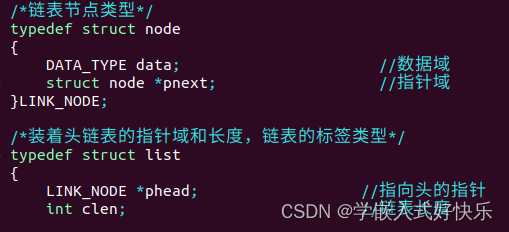

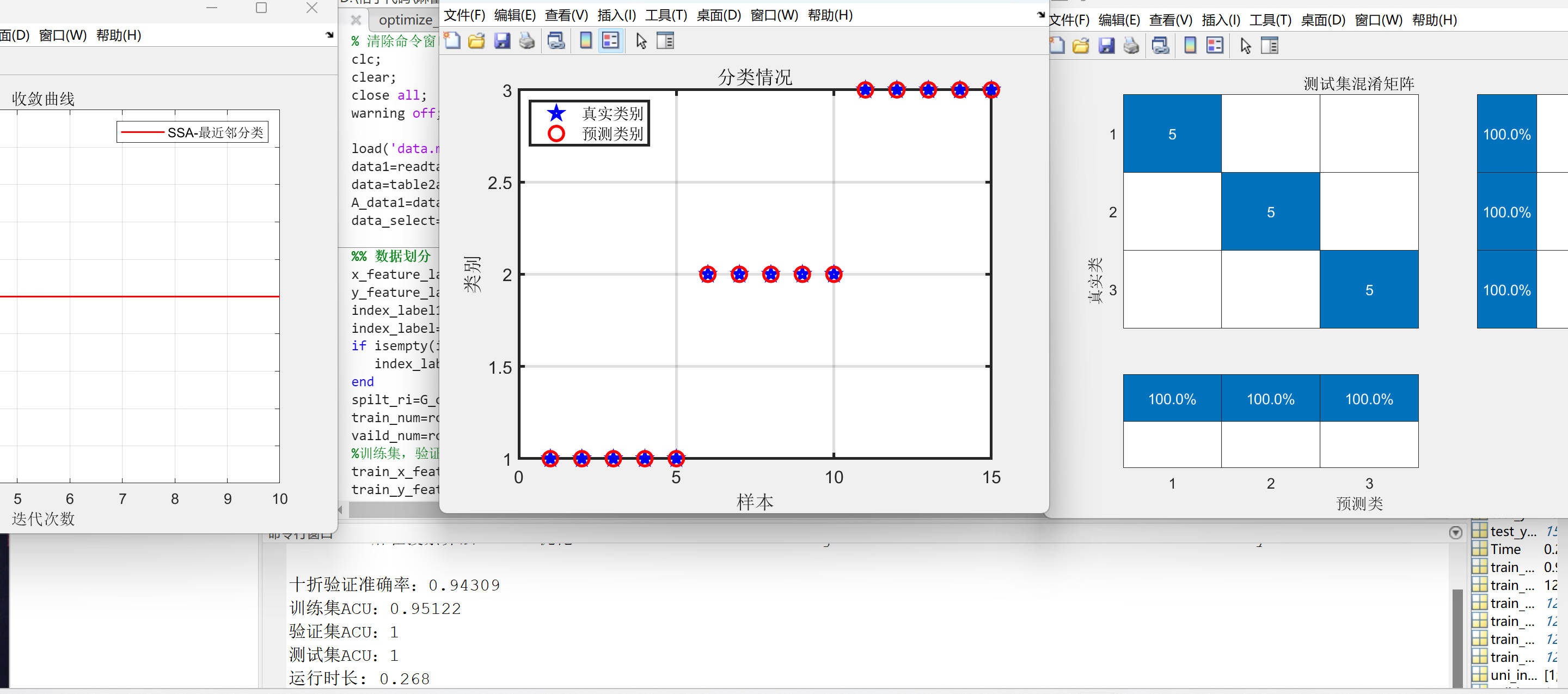


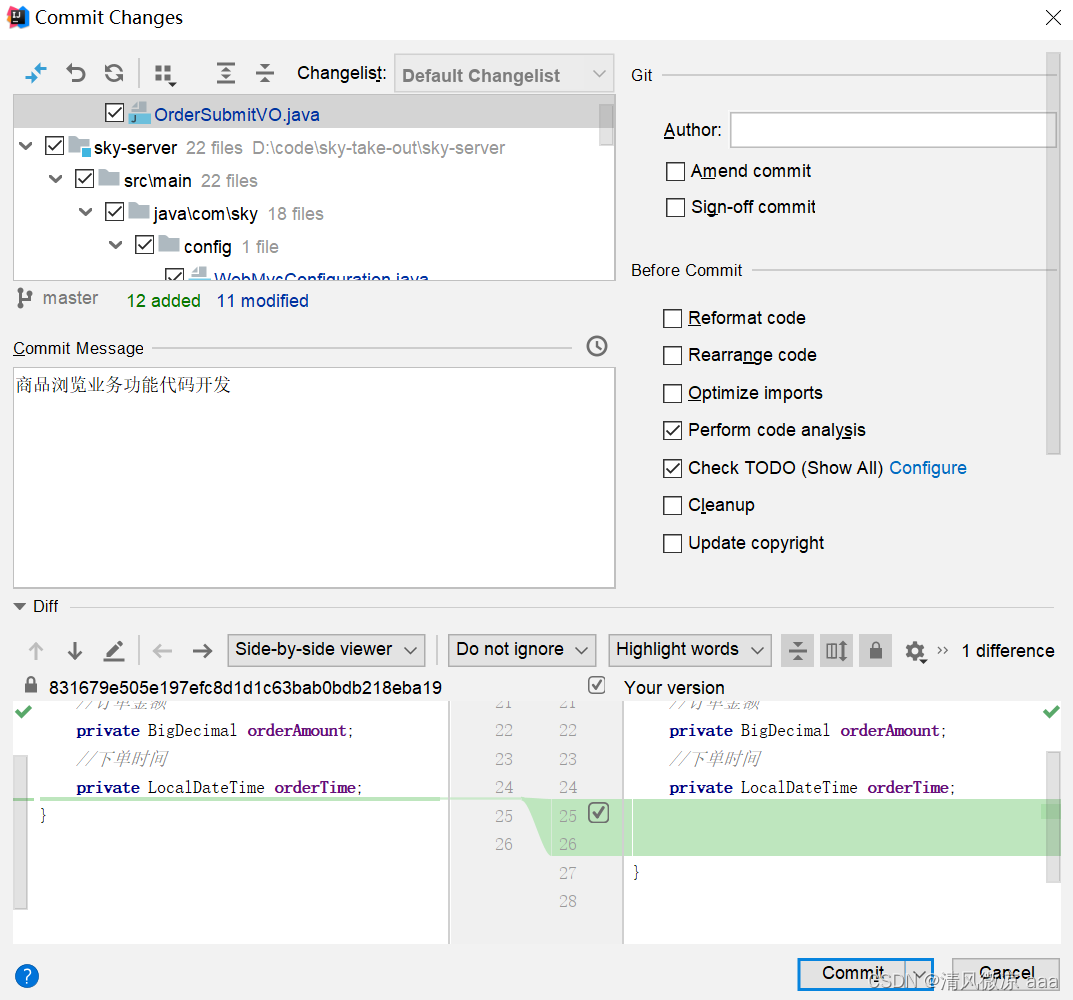
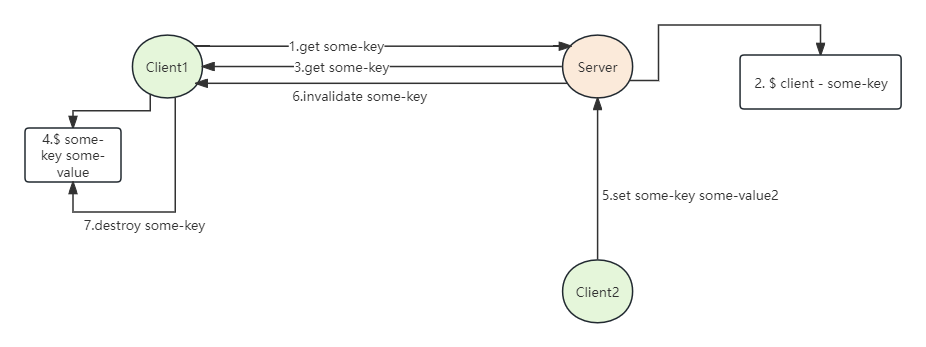
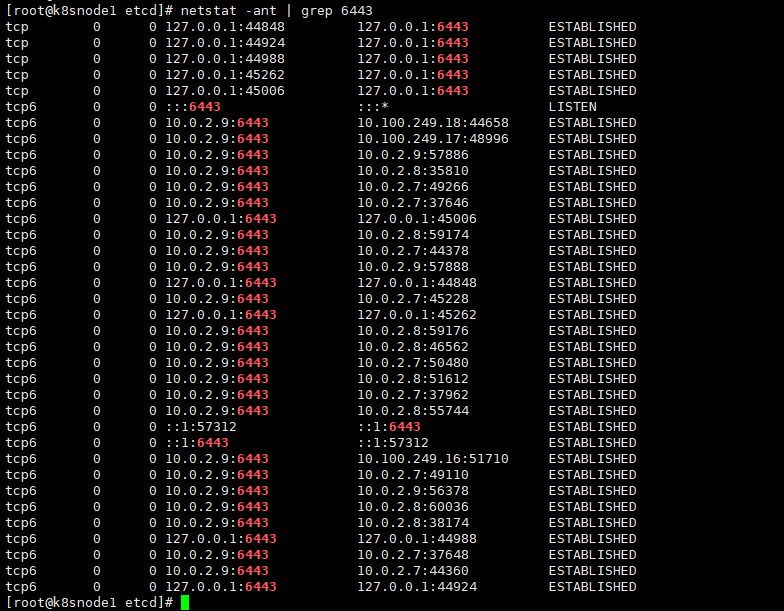
![[python3] 设置多进程名称并且在ps命令中可见](https://img-blog.csdnimg.cn/direct/05b30bf10f674022a8cfe34405923802.png)
